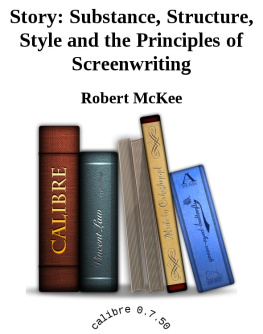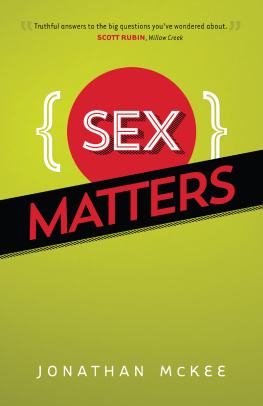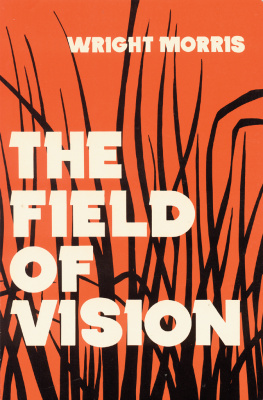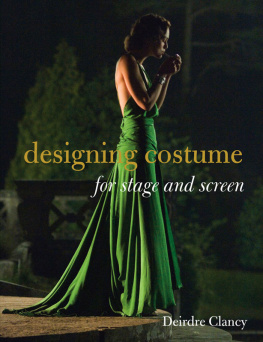Robert Mckee - Character: The Art of Role and Cast Design for Page, Stage, and Screen
Here you can read online Robert Mckee - Character: The Art of Role and Cast Design for Page, Stage, and Screen full text of the book (entire story) in english for free. Download pdf and epub, get meaning, cover and reviews about this ebook. year: 2021, publisher: Hachette UK, genre: Art. Description of the work, (preface) as well as reviews are available. Best literature library LitArk.com created for fans of good reading and offers a wide selection of genres:
Romance novel
Science fiction
Adventure
Detective
Science
History
Home and family
Prose
Art
Politics
Computer
Non-fiction
Religion
Business
Children
Humor
Choose a favorite category and find really read worthwhile books. Enjoy immersion in the world of imagination, feel the emotions of the characters or learn something new for yourself, make an fascinating discovery.
- Book:Character: The Art of Role and Cast Design for Page, Stage, and Screen
- Author:
- Publisher:Hachette UK
- Genre:
- Year:2021
- Rating:3 / 5
- Favourites:Add to favourites
- Your mark:
- 60
- 1
- 2
- 3
- 4
- 5
Character: The Art of Role and Cast Design for Page, Stage, and Screen: summary, description and annotation
We offer to read an annotation, description, summary or preface (depends on what the author of the book "Character: The Art of Role and Cast Design for Page, Stage, and Screen" wrote himself). If you haven't found the necessary information about the book — write in the comments, we will try to find it.
Character: The Art of Role and Cast Design for Page, Stage, and Screen — read online for free the complete book (whole text) full work
Below is the text of the book, divided by pages. System saving the place of the last page read, allows you to conveniently read the book "Character: The Art of Role and Cast Design for Page, Stage, and Screen" online for free, without having to search again every time where you left off. Put a bookmark, and you can go to the page where you finished reading at any time.
Font size:
Interval:
Bookmark:

Copyright 2021 by Robert McKee
Cover copyright 2021 by Hachette Book Group, Inc.
Hachette Book Group supports the right to free expression and the value of copyright. The purpose of copyright is to encourage writers and artists to produce the creative works that enrich our culture.
The scanning, uploading, and distribution of this book without permission is a theft of the authors intellectual property. If you would like permission to use material from the book (other than for review purposes), please contact permissions@hbgusa.com. Thank you for your support of the authors rights.
Twelve
Hachette Book Group
1290 Avenue of the Americas, New York, NY 10104
twelvebooks.com
twitter.com/twelvebooks
First Edition: May 2021
Twelve is an imprint of Grand Central Publishing.
The Twelve name and logo are trademarks of Hachette Book Group, Inc.
The publisher is not responsible for websites (or their content) that are not owned by the publisher.
The Hachette Speakers Bureau provides a wide range of authors for speaking events. To find out more, go to www.hachettespeakersbureau.com or call (866) 376-6591.
Library of Congress Cataloging-in-Publication Data has been applied for.
ISBNs: 978-1-4555-9195-4 (hardcover), 978-1-4555-9194-7 (ebook)
E3-20210324-JV-NF-ORI
To Mia,
my wife, my life.
Explore book giveaways, sneak peeks, deals, and more.

Characters are not human beings. A character is no more human than the Venus de Milo, Whistlers Mother, and Sweet Georgia Brown are women. A character is a work of artan emotive, meaningful, memorable metaphor for humanity, born in the mind-womb of an author, held safe in the arms of story, destined to live forever.
For most writers, whats past is past, and so they focus on future trends, hoping to improve their chances for production or publication by adapting to whats current. Writers should indeed stay in tune with their times, but while cultural and aesthetic vogues come and go, there are no trends in human nature. As evolutionary science has shown in study after study, humanity has not evolved for eons. The guys and gals who stenciled their handprints on the walls of caves forty thousand years ago were doing then what we do todaymaking selfies.
For thousands of years, artists and philosophers portrayed and studied human nature, but then, beginning in the late nineteenth century, science focused on the mind behind that nature. Researchers evolved theories of human behavior ranging from psychoanalysis to behaviorism to evolutionism to cognitivism. These analyses labeled and catalogued traits and flaws by the dozens, and without question their perceptions stimulate the writers creative thinking about characters and casts. This book, however, does not favor any single school of psychology. It gathers concepts from many disciplines to trigger the imaginings and intuitions that inspire and guide the talented.
Characters primary purpose is to enrich your insights into the nature of the fictional character and sharpen your creative techniques as you invent a complex, never-seen-before cast of personalities, starting with your protagonist, then moving outward through your first, second, and third circles of supporting roles, ending with the nameless passing at the far edges of episodes. To that end, expect reworkings. Chapter by chapter, refrain by refrain, certain primal principles will echo inside new contexts. I reiterate ideas because each time an artist rethinks the familiar in a new light, her comprehension deepens.
In the chapters that follow, the principle of contradiction underpins virtually every lesson in character design. I play opposites against each other: characters versus human beings, institutions versus individuals, traits versus truths, the outer life versus the inner life, and so on. You and I know, of course, that along any spectrum strung between polar extremes, shades of possibility blur into overlaps and admixtures. But for clear, facile perception of character complexity, a writer needs a sensitivity to contrast and paradox, an eye for contradiction that unearths the full range of creative possibility. This book teaches that skill.
As always, I will call on current examples, both dramatic and comic, taken from award-winning films and screen series, novels and short stories, plays and musicals. To those contemporary works, I will also add characters created by canonical authors from the past forty centuries of literacyShakespeare first among them. Some of these titles may be unread or unseen by you, but hopefully youll add them to your personal program of study.
Characters taken from all eras serve two purposes: (1) The task of an illustration is to exemplify and clarify the point at hand, and, as it happens, the sharpest example is often historys first. (2) I want you to take pride in your profession. As you write, you join an ancient, noble, truth-telling tradition. Brilliant casts from the past will set the stage for your future writings.
Character has four parts. Part One: In Praise of Characters (Chapters One through Three) explores sources of inspiration for character invention and lays out the foundational work that shapes your talents toward creating superbly imagined fictional human beings.
Part Two: Building a Character (Chapters Four through Thirteen) pursues the creation of never-met-before characters, beginning with methods from the outside in, followed by the inside out, expanding into dimensionality and complexity, ending with roles at their most radical. As Somerset Maugham expressed it, The only inexhaustible subject is human nature.
Part Three: The Character Universe (Chapters Fourteen through Sixteen) contexts character by genre, performance, and reader/audience/character relationships.
Part Four: Character Relationships (Chapter Seventeen) illustrates the principles and techniques of cast design by mapping the dramatis personae of five works taken from prose, cinema, theatre, and longform television.
All told, I will parse the universe of character into its galaxies, galaxies into solar systems, solar systems into planets, planets into ecologies, ecologies into the life forceall in order to help you uncover creative meanings in the human mystery.
No one can teach you how to create story, character, or anything else. Your processes are idiosyncratic, and nothing I teach will do the writing for you. This book is not a how-to but a what-is. All I can do is give you aesthetic principles and examples to illustrate them, laying out parts, wholes, and their relationships. To this course of study, you must add your brains, taste, and long, long months of creative work. I cannot take you by the hand. Instead, I offer knowledge to leverage your talent. To that end, I suggest you read this book slowly, stopping and going to absorb what youve learned and give thought to how it applies to your work.
Character strives to deepen your insight into character complexity, sharpen your eye for expressive traits, and in those dark days when inspiration needs a friend, shepherd you through the configuration of an entire cast.
The mind-stubbing word-jams of s/he, he/she
Font size:
Interval:
Bookmark:
Similar books «Character: The Art of Role and Cast Design for Page, Stage, and Screen»
Look at similar books to Character: The Art of Role and Cast Design for Page, Stage, and Screen. We have selected literature similar in name and meaning in the hope of providing readers with more options to find new, interesting, not yet read works.
Discussion, reviews of the book Character: The Art of Role and Cast Design for Page, Stage, and Screen and just readers' own opinions. Leave your comments, write what you think about the work, its meaning or the main characters. Specify what exactly you liked and what you didn't like, and why you think so.








